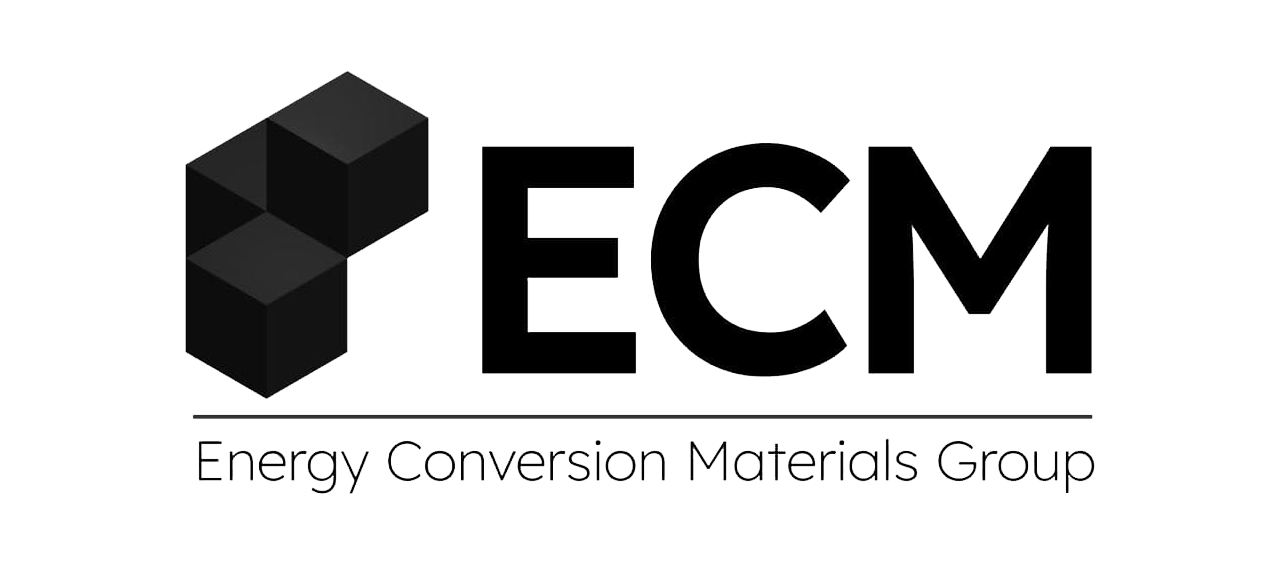High temperature sintering
The principle of operation of SPS, IHP and IM methods is shown in Fig. 1. The most efficient and widely used sintering technique for thermoelectric materials is spark plasma sintering SPS using pulsed DC current. The SPS method allows to use of very high heating rates (even up to 1000 K∙min-1), significantly shorter duration of the entire process, lower pressure, and in many cases also a lower temperature of the sintering process compared to conventional methods. Another technique, which we use is the induction hot pressing IHP. The power supply system include an induction heater and a special copper coil are used to support densification process. The geometry of the copper coil is adjusted in order to obtain maximum coupling between the source and the receiver. SPS and IHP methods use temperature and pressure to compact material. The powder material is placed in a graphite matrix, which together with the powder is heated by impulse current (SPS) or eddy current (IHP). Additionally, a pressure-generating force is applied to the punches of the die compressing the powder. The matrix is placed in a vacuum chamber that allows for anaerobic conditions but requires long flush and pump-down times. These devices are quite large and expensive. However, both techniques, SPS and IHP, require the use of expensive equipment, which often limits their wide range of applications.
Fig. 1. Schematic diagrams of SPS, IHP, IM techniques.
Another a very fast and at the same time inexpensive densification method, which is based on the application of the induction melting IM technique. The induction melting method for thickening uses melting and crystallization. For this reason, induction melting is possible for congruent melting compounds. As in the IHP method, eddy currents are the source of heat, but generated in small graphite crucible and directly in the melted powder. The advantage of the eddy currents is the mixing of the liquid melt limiting the separation of the components. The powder is placed in a quartz ampoule with gas inlets, allowing it to be vacuum-filled or filled with an inert gas. Measurement and adjustment of the charge temperature is made without contact with the use of a pyrometer placed above the outlet of the ampoule with a closed visor. This allows for better temperature control than in the case of SPS and IHP where the temperature is measured with a thermocouple or with a pyrometer in a graphite die. The low heat capacity of such a system allows for very fast heating and cooling rates of several thousand degrees per minute, so that the process time can be very short. As a result, the growth of the grains can be limited and, in some cases, the high-temperature phase can be frozen if desired.

